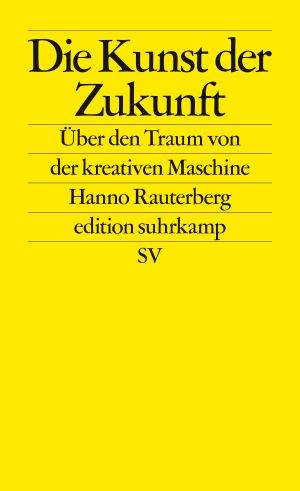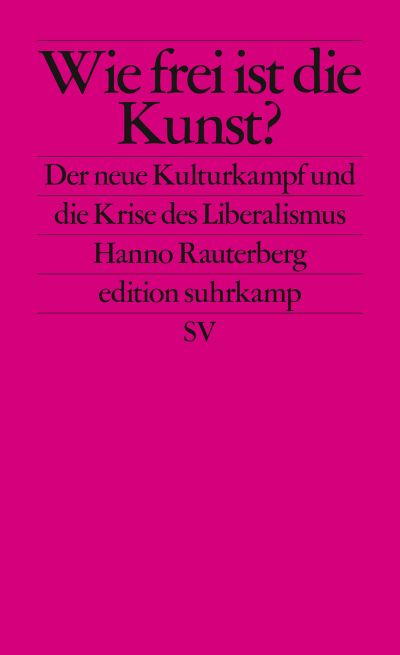Sweden (Daidalos)
Paintings are taken down from the walls, sculptures destroyed, film heroes erased: a mighty cultural conflict is spreading through museums, cinemas and theatres. Does it threaten the end of artistic freedom, as some believe? Is that censorship from below? Or is it about time, as others believe, that the culture world follows the Me Too movement and demands more parity?
Hanno Rauterberg reveals what is hidden behind the debate on morality and aesthetics: What is so threatening...
Paintings are taken down from the walls, sculptures destroyed, film heroes erased: a mighty cultural conflict is spreading through museums, cinemas and theatres. Does it threaten the end of artistic freedom, as some believe? Is that censorship from below? Or is it about time, as others believe, that the culture world follows the Me Too movement and demands more parity?
Hanno Rauterberg reveals what is hidden behind the debate on morality and aesthetics: What is so threatening about images? Is political correctness endangering the autonomy of the artist? And why is this quarrel on such issues taking place at this moment in history? An essay on the most important art debate of the last years , which has shown to be revealing of the crisis of liberalism and the new taboos of a changing society.
»My book-of-the-year is Hanno Rauterberg’s long essay How Free is Art?. It is one of those books that allows one to think more deeply, more freely and, above all, more dispassionately. ... A precise portrait of our transformed present.« Eva Menasse, Süddeutsche Zeitung
» ... this book could even alarm a few people. And that’s a good thing.« Neue Zürcher Zeitung
»One cannot take Rauterberg’s essay seriously enough. Subjective presumptions contest art’s autonomy: Rauterberg’s diagnosis sees the beginning of a new epoch. His analysis makes plausible the degree to which the autonomy of art sees itself exposed to a general anxiety within the culture at large, to a muddled kind of mood.« Frankfurter Rundschau
» ... a convincing plea against censorship and self-censorship ... « art. Das Kunstmagazin
»In an incisive essay Hanno Rauterberg concentrates on the famous cases in which art has become the medium and motor behind fundamental debates within society. Instead of delivering easy answers, he wraps up his plea for artistic and social freedom in multi-faceted, ideology-free analyses.« Philosophie Magazin
» ... clever and, as always, exceptionally researched.« kulturbuchtipps.de
» In this short essay we can read the well-condensed signs of the times.« AISTHESIS
»My book-of-the-year is Hanno Rauterberg’s long essay How Free is Art?. It is one of those books that allows one to think more deeply, more freely and, above all, more dispassionately. ... A precise portrait of our transformed present.« Eva Menasse, Süddeutsche Zeitung
» ... this book could even alarm a few people. And that’s a good thing.« Neue Zürcher Zeitung
»One cannot take...
Persons
Hanno Rauterberg
Hanno Rauterberg, born in 1967, holds a PhD in art history and is editor of DIE ZEIT’s feuilleton. In his writings on art and architecture, he focuses on aesthetics and the relevance of art for society.
Hanno Rauterberg, born in 1967, holds a PhD in art history and is editor of DIE ZEIT’s feuilleton. In his writings on art and...
OTHER PUBLICATIONS

Future Art
Computers paint like Rembrandt, compose like Bach, write novels and poems. If it were up to digital corporations, this would be just the beginning. Artificial creativity is the new key objective: Machines are destined to become artists, as autonomous and gifted as people.
In his essay, Hanno Rauterberg describes the vigour with which this future art is being developed. And he...

Art and the Good Life
Korea (Silcheon Munhak)

